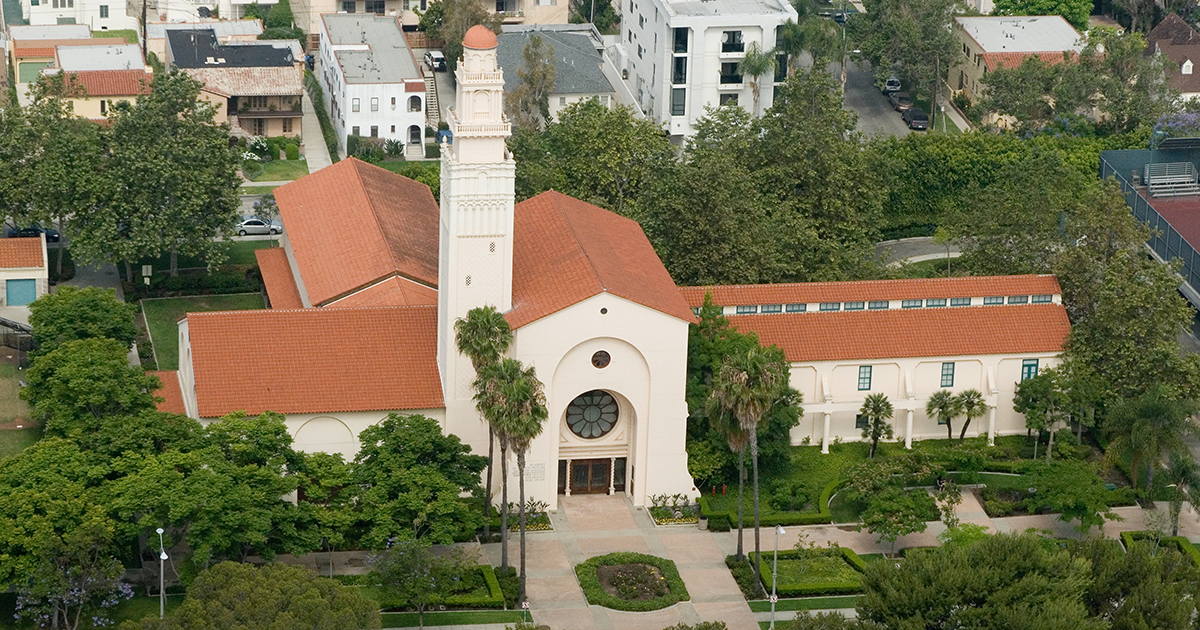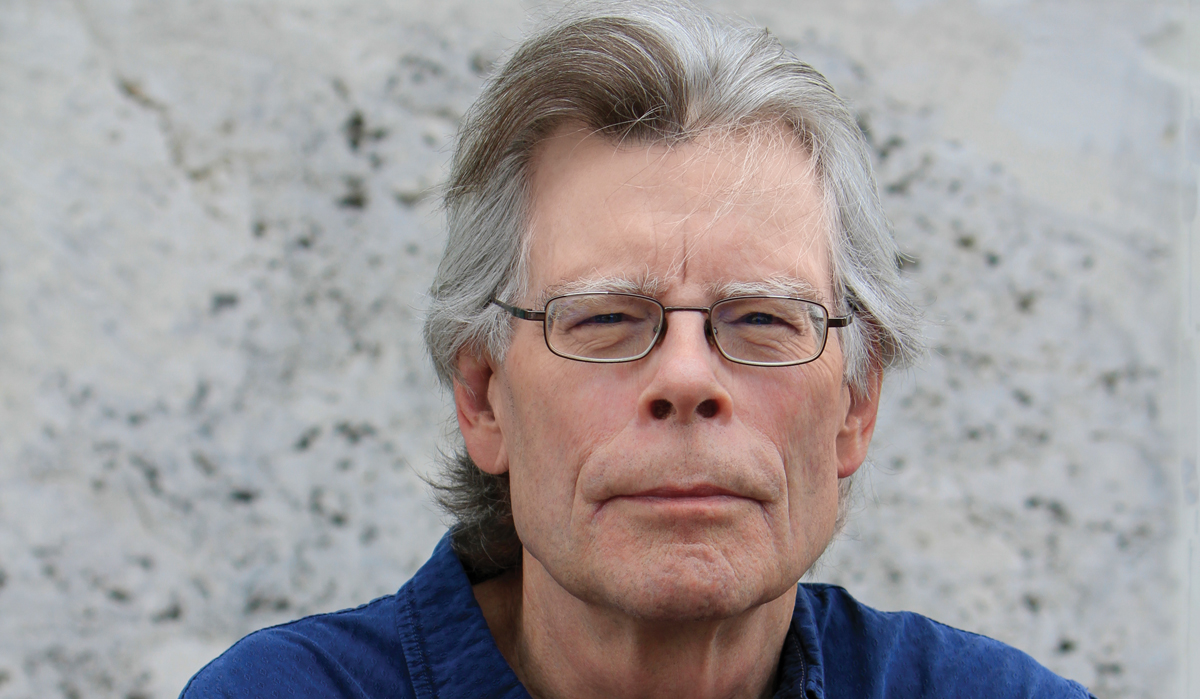The Academy of Motion Picture Arts and Sciences may be best known for its annual Oscars ceremony, but the organization’s work continues year-round. Its efforts to uplift the medium of cinema are aided by a team of expert librarians and archivists, tasked with preserving and sharing the history of film.
About 70 staff work at the Academy’s Margaret Herrick Library, named for the groundbreaking librarian who went on to spend two decades as the organization’s executive director. The library’s collection includes millions of archival items, including everything from books and scripts to photographs and posters.
The library is (usually) open to the public; while it’s currently closed due to the COVID-19 pandemic, staff are still providing research and reference services through email. Many of their visitors are cinema studios scholars, but they also often work with filmmakers doing research for upcoming projects-for example, someone making a Hitchcock-inspired movie might turn to the library’s Hitchcock materials for inspiration.
While you may not see library staff onstage at the Oscars, they do play behind-the-scenes roles in the star-studded ceremony. Reference librarians research the historical fun facts you hear while a winner is walking up to receive their award, and photograph archivists provide the images for the annual “In Memoriam” tribute segment.
One of those archivists is Megan Harinski, whose work in the photograph department brings together her passion for cinema and her professional expertise. “I’m a lifelong film lover, so I really enjoy being surrounded by history,” she told I Love Libraries. “My dream when attending library school was to eventually be in a collection like we have at the Margaret Herrick Library, so I consider myself very lucky to be able to go to work every day.”
For cinephiles, the library’s archives are a treasure trove. “One of my favorite photographs in our collection is from the film North by Northwest. It features Cary Grant and Eva Marie Saint filming the famous scene at Mount Rushmore, but in the top corner you can see where the backdrop ends,” Harinski shared. “Off-camera photographs give us a peek at the magic that goes into filmmaking and, in my opinion, are usually more interesting than the scene stills.”
Safeguarding these pieces of movie magic is a major part of the library’s-and the Academy’s-mission. “I would watch old Cary Grant and Fred Astaire movies with my mom when I was a kid, and that was only possible because someone somewhere thought it was important to preserve the reels for the future,” Harinski explained. “Being part of an institution that works to preserve the history of film making so future generations can see how it has evolved over time is really special.”
Subscribe to the I Love Libraries newsletter for more stories about amazing libraries and librarians.
Photo courtesy of the Academy of Motion Picture Arts and Science, Margaret Herrick Library.




